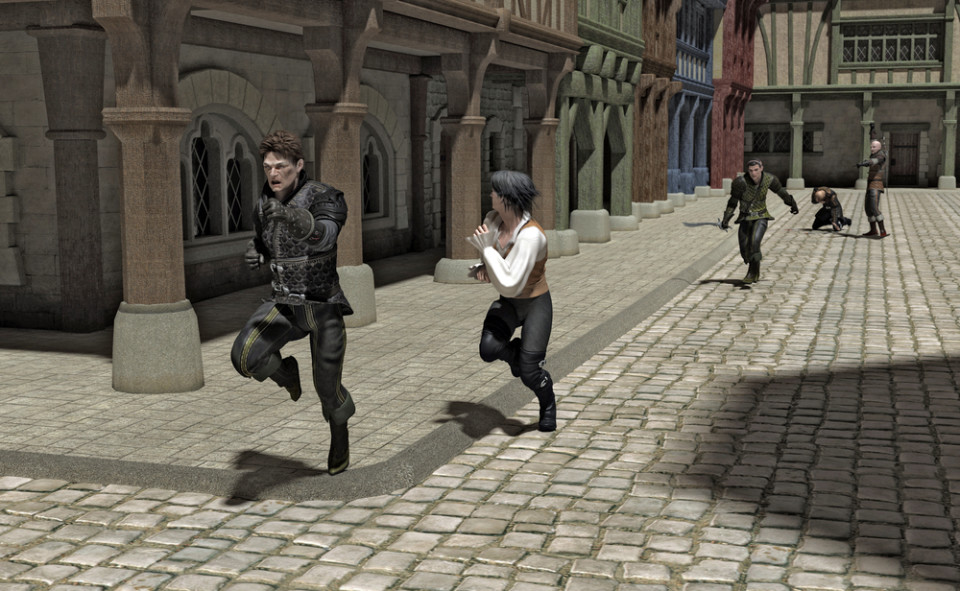Who is the most famous true crime author in the world? Truman Capote, perhaps? Or Ann Rule? Think again. If you travel back to the French and German origins of the true crime genre, you’ll find Germany’s greatest poet. He not only wrote...
“Thief!” “Fire!” “Wolf!” All three are examples of an ancient form of alarm called the “hue and cry.” A cry for help and assistance in response to crime or danger was an integral part of historical law enforcement. Statutes or regulations in several...
It was so easy to get trapped. The city walls ensnared you and the gates locked you in. If you wanted to commit a crime in one of Germany’s 19th-century walled cities, you’d probably want to case the place first and plan your escape. A typical town...
City Gates & the Hue and Cry Trapped! It wasn’t easy for a criminal to escape from a walled city. In my last blog post, we looked at how the hue and cry – the victim’s cry for help – brought townsfolk out onto the streets to start chasing the...
City Walls and Streets Cobblestone streets, narrow alleys, and looming city walls. Those features of medieval city planning we consider quaint today influenced criminal investigations – and the perpetrator’s ability to escape – right up to...







Recent Comments